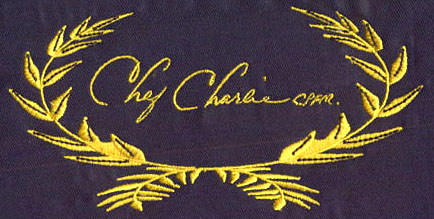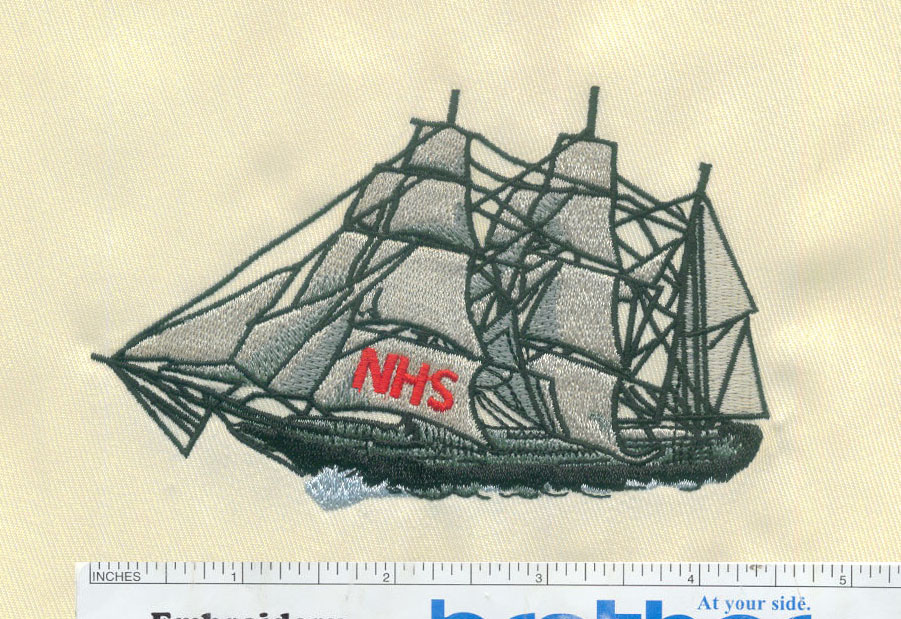The Art of Embroidered Patches: From Vector Design to Collectible Emblem
Embroidered patches are more than just decorative pieces of fabric; they are tiny works of art that tell stories, represent achievements, and showcase individuality. These collectible emblems have a rich history and a timeless appeal. In this comprehensive guide, we will delve into the art of embroidered patches, exploring their origins, the role of vector design in their creation, the significance they hold, and how you can design your own custom patches to make a statement.
A Patchwork of History
Embroidered patches have a fascinating history that spans centuries and continents. Let's take a journey through time to understand their origins and evolution:
Origins in the Military
The use of patches in military uniforms can be traced back to ancient Rome, where legionnaires wore patches on their tunics to signify their unit. These early patches were practical, serving as a form of identification on the battlefield.
World War I and II
During World War I, embroidered patches became
more elaborate and began to represent specific units, ranks, and divisions.
Soldiers wore them with pride as a symbol of their service.
In World War II, patches took on even greater significance. They were not only used for identification but also served as morale boosters. Iconic patches like the "Flying Tigers" and the "Screaming Eagles" became famous emblems of courage and heroism.
The Rise of Motorcycle Clubs
After World War II, motorcycle clubs adopted patches as a way to display their club affiliation and achievements. These patches, often displayed on the back of leather jackets, became known as "biker patches" and featured intricate designs unique to each club.
Counterculture Movements
In the 1960s and 1970s, patches gained popularity among counterculture movements. Hippies and activists used patches to express their beliefs, with slogans like "Make Love, Not War" and "Peace and Love" adorning their clothing.
Modern Collectibles
Today, embroidered patches have become highly collectible and are used by a wide range of organizations, from sports teams and businesses to schools and scout groups. They continue to be a means of self-expression and a way to commemorate achievements.
The Role of Vector Design in Patch Creation
Embroidered patches start as digital designs before they become tangible works of art. Vector design plays a crucial role in this process. Here's how vector design fits into the creation of embroidered patches:
Vector Graphics Software
Vector design begins with the use of specialized software like Adobe Illustrator or CorelDRAW. These programs allow designers to create intricate, scalable, and precise graphics using mathematical equations to define shapes and lines.
Creating the Patch Design
Designers use vector graphics software to create the patch design. This design can include a combination of text, images, and intricate details.
Scalability
One of the primary advantages of vector design is scalability. A vector-based patch design can be resized without losing quality. This ensures that the design looks crisp and clear whether it's a small emblem on a hat or a larger patch on a jacket.
Precision
Vector design offers unparalleled precision, allowing designers to create clean lines, sharp edges, and intricate details. This precision is crucial when designing patches, as the embroidery process demands accuracy.
Color Specification
Vector design also allows for precise color specification. Designers can choose the exact colors they want for each element of the patch, ensuring consistency and vibrancy.
Editing and Revisions
Vector files are easily editable, making it simple to make adjustments or revisions to the design. This flexibility is valuable when refining the patch's appearance.
The Significance of Embroidered Patches
Embroidered patches hold deep meaning for those who wear and collect them. They serve various purposes and represent a wide range of values and achievements:
Identification
Traditionally, patches have been used for identification purposes, whether in the military, law enforcement, or other organizations. They distinguish individuals and groups by displaying specific symbols, ranks, or affiliations.
Commemoration
Patches are often used to commemorate significant events, achievements, or milestones. They become a tangible reminder of accomplishments and experiences.
Personal Expression
Many people use patches as a form of personal expression. They choose patches that reflect their interests, hobbies, and beliefs. From sports teams to favorite bands, patches can be a way to showcase one's identity.
Collectibles
Embroidered patches have become highly collectible. Enthusiasts often trade, buy, and display patches as a way to connect with others who share their passion.
Customization
Custom embroidered patches offer a unique opportunity for customization. Organizations and individuals can design patches that are entirely unique to their needs and preferences.
Designing Your Own Custom Patches
Designing your own custom patches can be a rewarding and creative endeavor. Whether you're creating patches for a club, team, business, or personal use, here are the steps to bring your vision to life:
1. Define Your Purpose
● Determine the purpose of your patches. Are they for identification, commemoration, personal expression, or customization?
2. Choose a Design Concept
● Brainstorm ideas for your patch design. Consider the symbols, colors, and elements that best represent your purpose.
3. Create a Vector Design
● Use vector graphics software to create your patch design. Pay attention to details, colors, and overall aesthetics.
4. Select Patch Size and Shape
● Decide on the size and shape of your patch. Common shapes include circles, squares, and rectangles, but custom shapes are also an option.
5. Consult a Professional
● If you're not confident in your design skills, consider consulting a professional graphic designer who specializes in patch design. They can bring your vision to life.
6. Choose Patch Backing
● Decide on the backing for your patches. Options include iron-on backing, adhesive backing, or Velcro backing, depending on your intended use.
7. Find a Reliable Manufacturer
● Research and choose a reputable patch manufacturer to bring your design to fruition. They will help you select the appropriate thread types, colors, and materials for your patches.
8. Review and Approve a Sample
● Before proceeding with a full production run, request a sample of your patch design to ensure it meets your expectations.
9. Production and Delivery
● Once you approve the sample, the manufacturer will produce the patches. After completion, you'll receive your custom patches ready for use or distribution.
Conclusion: Patching Together Stories and Memories
Embroidered patches are more than mere pieces
of fabric; they are storytellers, symbols of achievement, and expressions of
individuality. From their origins in military uniforms to their presence in
counterculture movements and modern collectibles, patches have evolved into a form
of art and personal representation.
The art of designing embroidered patches combines the precision of vector design with
the creativity of personal expression. By creating custom patches, individuals
and organizations can share their stories, commemorate achievements, and
proudly display their identity for the world to see. So, whether you're a
collector, a club member, a business owner, or simply someone with a unique
vision, consider the power of embroidered patches as a way to make your mark
and leave a lasting impression.



